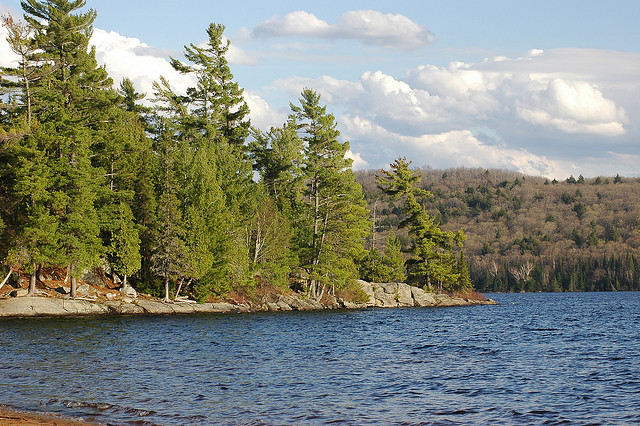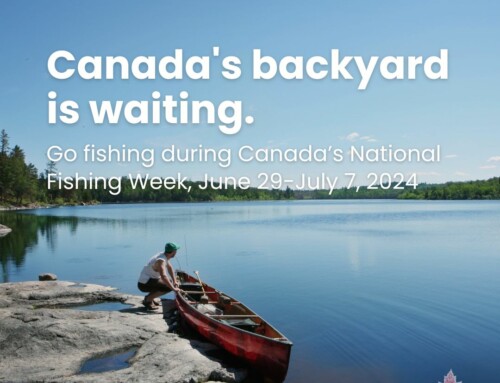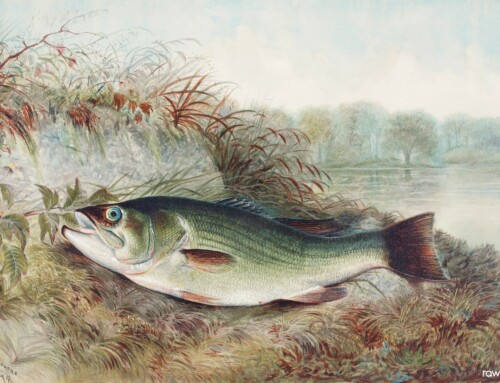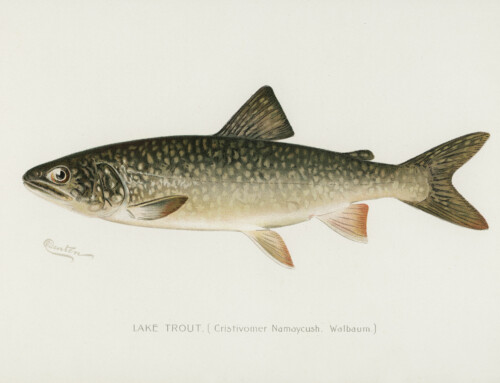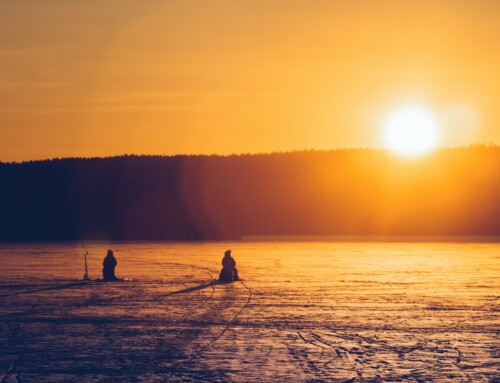Originally Published by Ontario Out of Doors, June 11, 2015
By Angelo Lombardo, Executive Director of the OFAH
Since the last — and only — limited series of public meetings held by the provincial and federal governments on the Algonquin Land Claim in March of 2013, the sound of silence that has developed around the negotiations for an Agreement-in-Principle (AIP) has been deafening.
What happened to the input they received from concerned residents? Were they considered? Were they taken to the negotiating table? For that matter, what happened to the concerns raised and the questions asked by the 2,000 people who attended a series of five meetings the OFAH, the Canadian Sportfishing Industry Association (CSIA) and the Federation of Ontario Cottagers’ Association (FOCA) held earlier that spring?
On February 23rd, the OFAH and our partners at the CSIA wrote to the Chief Provincial Negotiator, the heads of the Committee of External Advisors (appointed by the government) and the Municipal Advisory Committee (representing all municipalities in the area of the claim), asking them to convene a meeting of the two committees to provide an update on where things stand.
That letter generated a one line e-mail response from a staff member on the negotiating team, who stated: “We are awaiting development of further clarity on the way forward respecting the Algonquin claim negotiations and will circle back to you once that occurs”.
Needless to say, the response did not fill us with confidence. If the people negotiating the deal on behalf of the people of Ontario, and in particular, the 1.2 million people who live and work in the claim area don’t know what’s going on, then who does?
The response prompted the OFAH and CSIA to write to the federal and provincial Ministers responsible for the file on April 13th, asking again for the consultation they committed to in the Statement of Share Objectives, signed by all three parties at the table in 1994, and renewed in 2006. In that document they promised to, “Consult with interested parties throughout the negotiations process and to keep the public informed on the progress of the negotiations”. The Interim Policy of the federal government specifically addresses the need to consider the position of others. “The general public interest and third-party interests will be respected in the negotiation of agreements, and if affected, will be dealt with equitably. Provision must be made for protecting the current interests of non-Aboriginal subsistence users and for the right of the general public to enjoy recreational activities, hunting and fishing on Crown lands…”
Much to our disappointment, we have received no response from the federal Minister of Aboriginal Affairs. We did however hear from the Honourable David Zimmer, provincial Minister of Aboriginal Affairs. In his letter of May 15th, the Minister stated, “that consultations with stakeholders are important in helping to identify practical and enduring settlement options …” and that “further meetings will be scheduled at the appropriate time”. What the Minister failed to explain is how stakeholders, whose views are so “important”, can help to identify “practical and enduring settlement options” when no one is talking to them! Nor does he explain how, if the AIP will be released prior to ratification, the government intends to receive feedback from those affected, when no process for input or further consultation exists!
The definition of consultation is “a discussion about something that is being decided”. In our opinion, it’s impossible to have a consultation about what’s being decided when you’re talking to yourself. If all those affected by the outcome of negotiations, particularly the 1.2 million people who live and work within the boundaries of the claim, expect their governments to act on their behalf, it looks like they may be out of luck.

Photo courtesy of canbolatm.

